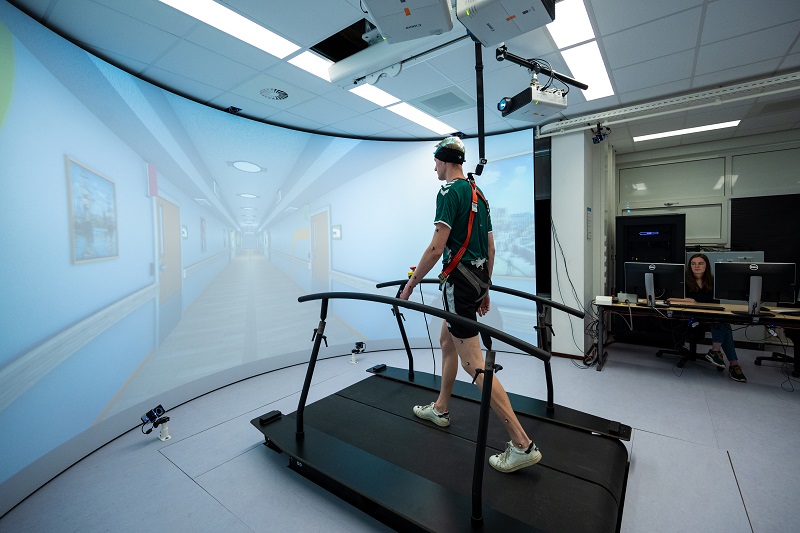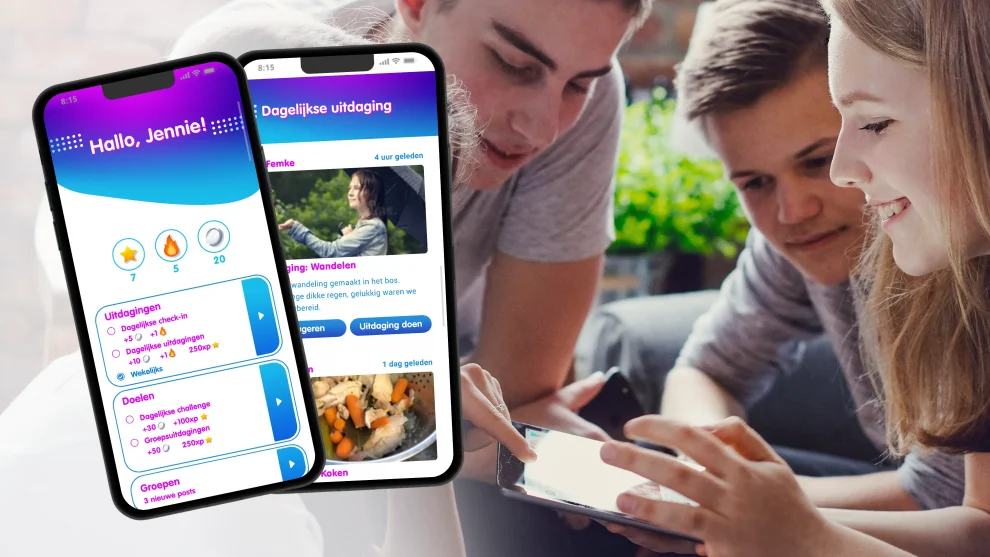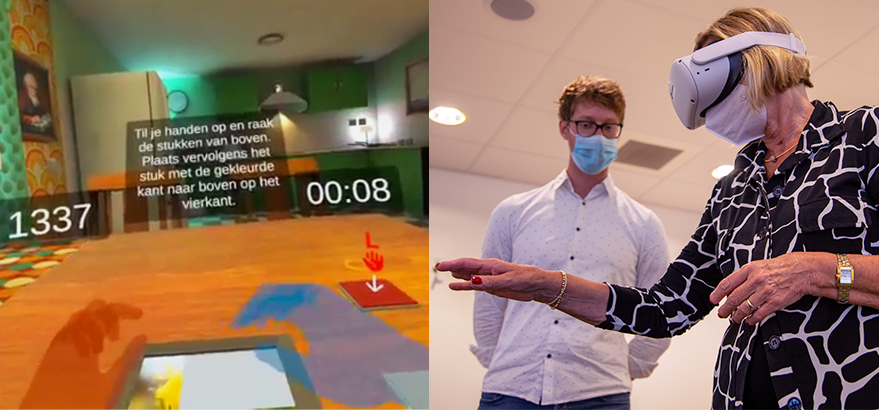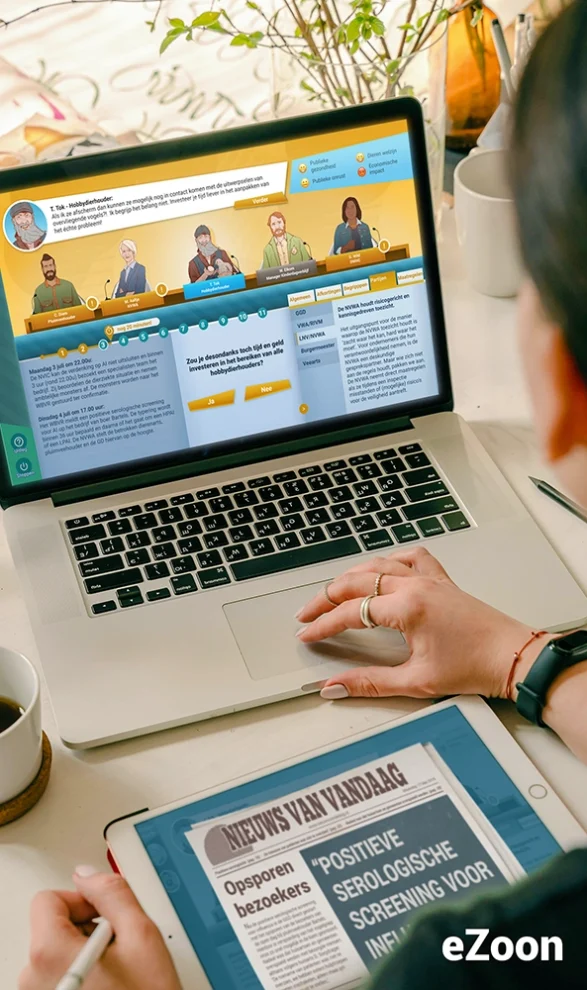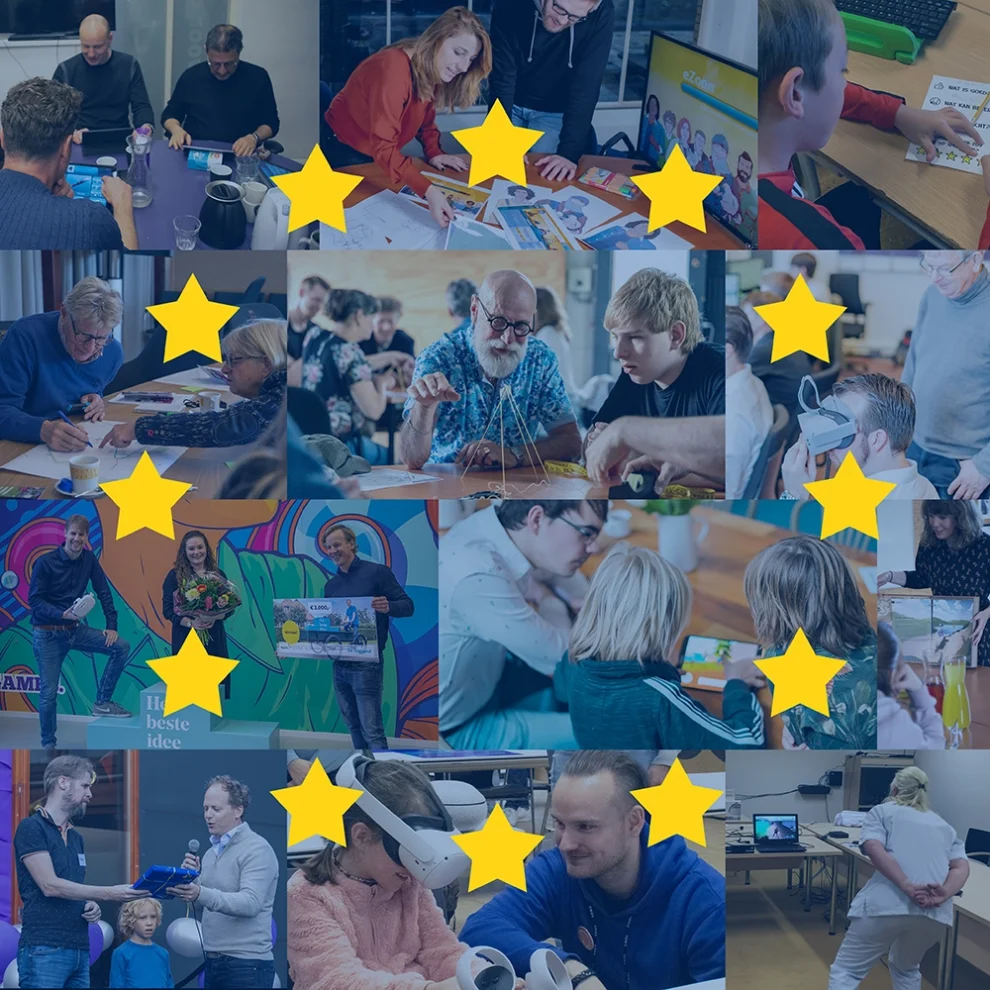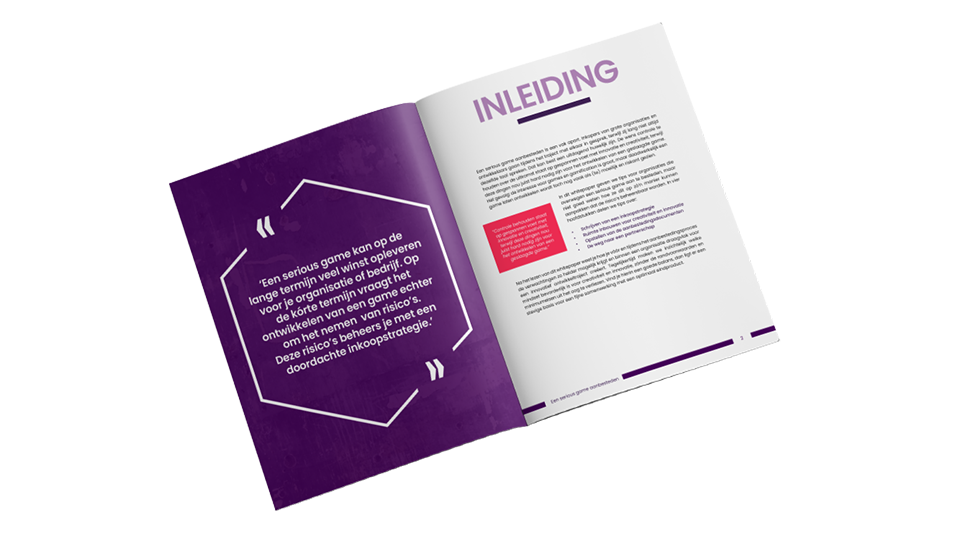Technology Readiness Levels (TRLs) provide a standardized framework to assess how mature a particular technology is, ranging from basic research (TRL 1) to a system proven in an operational environment (TRL 9). Within the Horizon Europe Research and Innovation Programme, TRLs are used to align expectations between researchers, funding bodies, and implementation partners. Including the correct TRL is not merely a formality—it’s essential for proposal success and project coherence.
For researchers and proposal writers, understanding TRLs means you can better position your ideas within the broader innovation chain. It also influences the type of consortium partners you need, the kind of outcomes you’re aiming for, and how your impact pathway is structured.
Why TRLs Matter in project proposals
TRLs are not just bureaucratic checkboxes—they are strategic anchors. When writing a Horizon Europe proposal, aligning your project’s objectives, methods and outputs to the appropriate TRL can make the difference between funding and rejection.
Here’s how TRLs typically influence your proposal:
- Low TRLs (1-3) focus on basic and theoretical research.
- Mid-TRLs (4-6) involve prototyping and testing in controlled settings, favoring interdisciplinary collaboration with applied partners
- High TRLs (7-9) emphasize demonstrators, real-world pilots, and market readiness—requiring solid partnerships with end users, industry, or implementation stakeholders.
By being clear about your project’s TRL trajectory from the beginning, you can develop work packages, schedule and your international partnership strategically.
8D joins Horizon Europe project to combat food fraud
8D is proud to be part of the Horizon Europe project European Food Fraud Community of Practice: From Outset to Operation (EFF-CoP). The project is led by Professor Saskia van Ruth from the Food Supply Chain Integrity department at the University of Dublin. Together with scientists, regulators, businesses, and other stakeholders, we are working within this project on innovative solutions to combat food fraud.
Read blog
Our expertise: Design-Driven Research (DBR) and Creative Development across TRL levels
At 8D, we work at the intersection of research, design, and societal innovation. We develop creative interventions and tools through collaborative processes in which making together with diverse stakeholders is central. Step by step, we shape potential solutions to complex challenges into tangible and applicable outcomes. This approach is particularly effective when dealing with issues where human behavior, experience, and motivation play a key role—which is often the case in Horizon Europe projects.
Our social design method allows us to move fluidly across different TRL levels: from exploring early-stage ideas to developing and testing prototypes within research contexts. Our strength lies in translating abstract concepts into concrete applications that connect with both the user’s world and the project’s objectives.
What we add to consortia:
- We help researchers translate early ideas into usable, testable prototypes.
- We ensure that design outcomes are aligned with the TRL trajectory required by the funding call.
This approach not only accelerates technological development but also strengthens societal relevance and stakeholder engagement—factors that (rightly) carry increasing weight in proposal evaluations. Close collaboration between researchers and designers leads to tools and interventions that can reach both high TRL levels and deliver meaningful impact in real-world settings.


